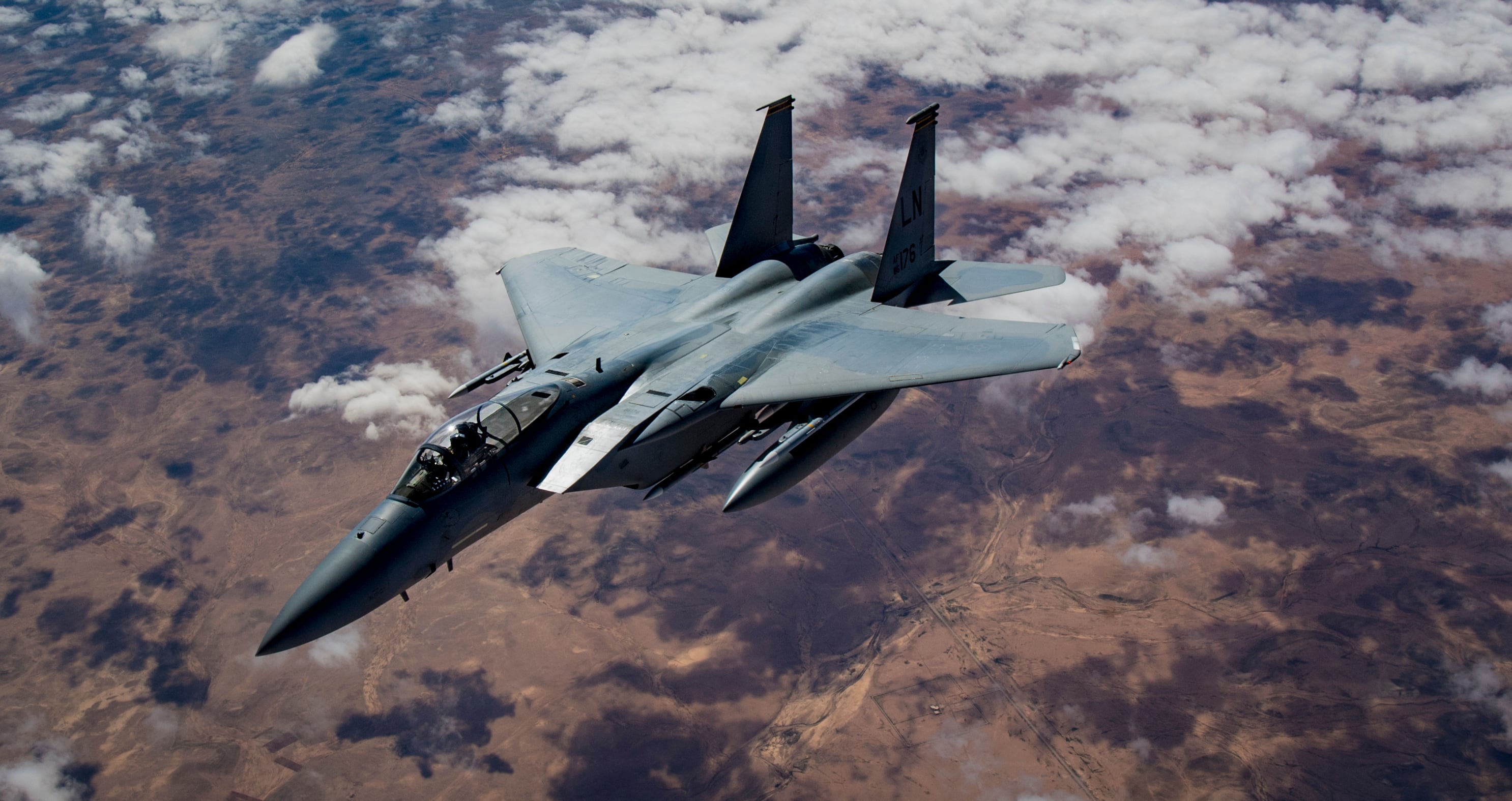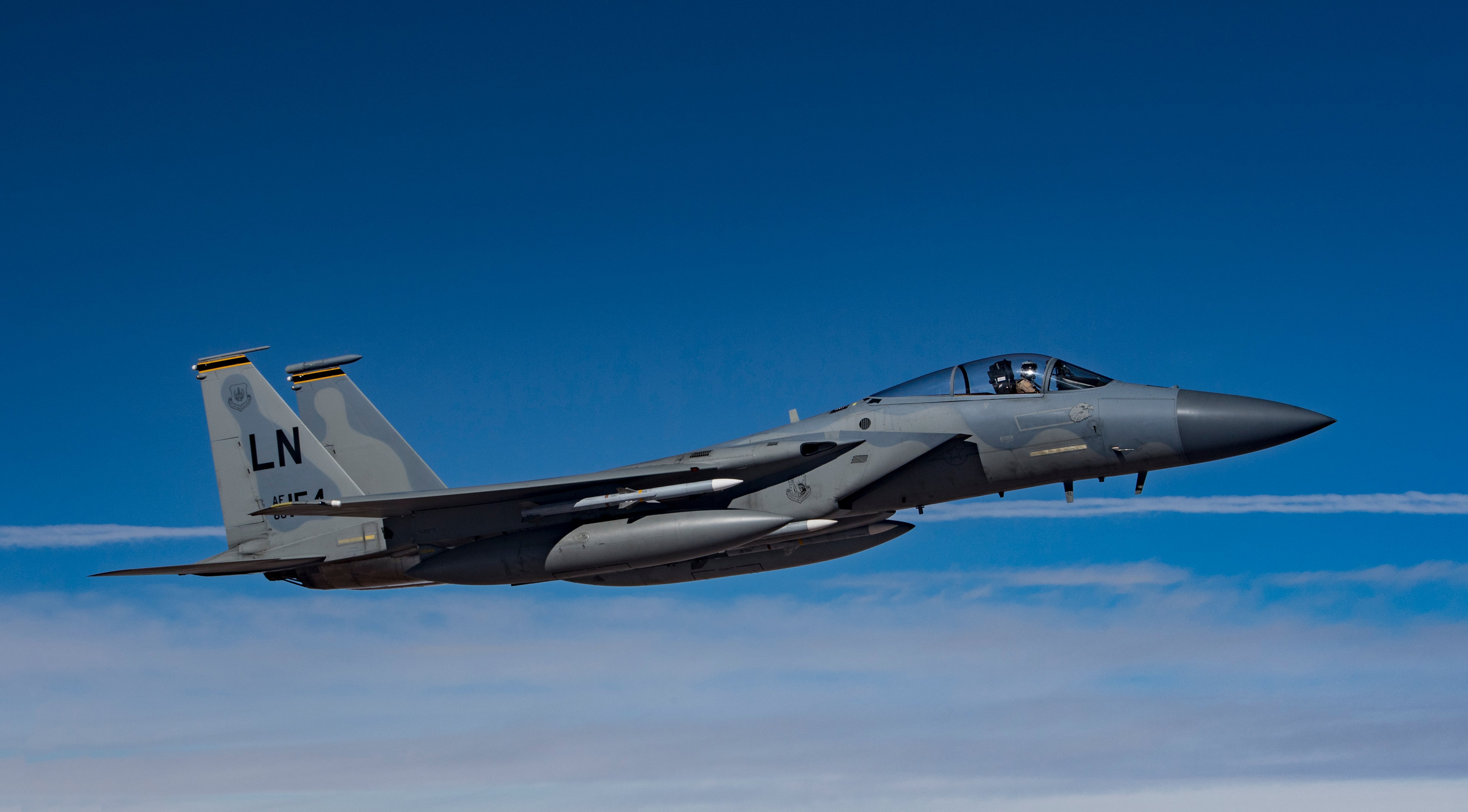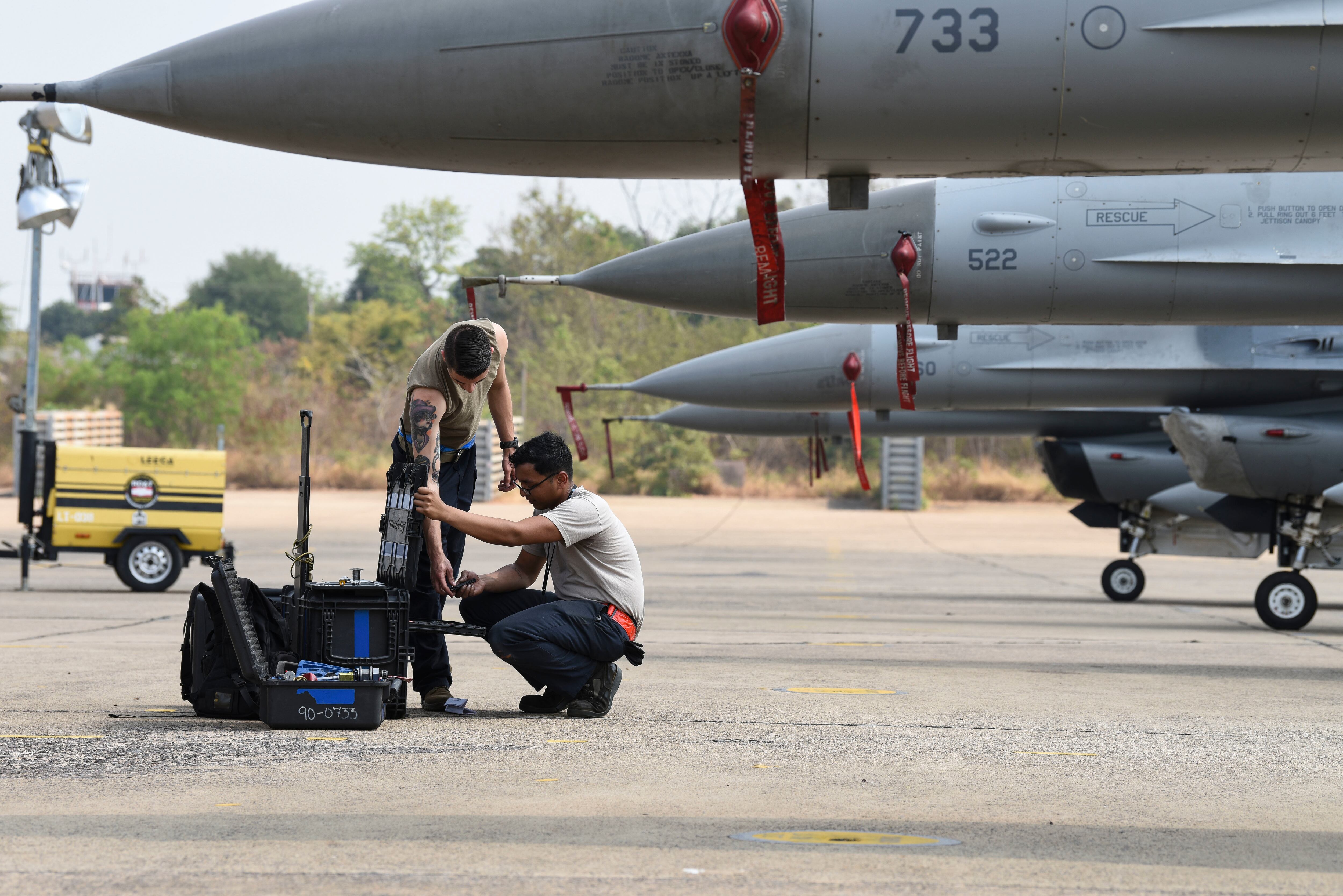WASHINGTON — Twelve additional F-35s and three KC-46 tankers rank among the Air Force’s wish list of items it would like to have, but couldn’t afford in its fiscal year 2020 budget.
The service’s annual unfunded priorities list, which was obtained by Defense News and first reported by Inside Defense, was sent to Congress this week.
The Air Force places additional F-35s and KC-46s as its third-highest priority on the list — and the most expensive. With an extra $2 billion, the service would seek an increase of 12 F-35A conventional models, three KC-46 tankers, associated spares for both aircraft, and long-lead funding for F-35s in FY21.
RELATED

That sum would give the service a total of 15 tankers — which would help KC-46 manufacturer Boeing maintain a steady stream of production — and 60 F-35As in FY20.
The 60 A-models, together with the eight F-15X aircraft requested by the Air Force, would get it within striking distance of its goal of procuring at least 72 fighter jets per year, which Chief of Staff Gen. Dave Goldfein has said is needed to ensure the Air Force maintains capacity as it modernizes its combat aircraft inventory.
RELATED

In the past, lawmakers have been fairly receptive to funding big-ticket items on the services’ wish lists, especially aircraft like the F-35 and the Navy’s F/A-18E/F Super Hornet, which garner deeply-entrenched support from the congressional delegations where those platforms are produced.
However, House Armed Services Committee Chairman Adam Smith, D-Wash., has indicated he could support a smaller $733 billion topline budget for the Defense Department instead of the current $750 billion figure — which would make it much more difficult to fund any wish list items.
Although the additional F-35s and KC-46s are the most attention-grabbing items on the list, the Air Force’s highest-ranked unfunded priority is $579 million meant for “readiness recovery.”
“If the Air Force does not receive supplemental and reprogramming support in FY19, we will have to take actions that drive unacceptable impacts to Air Force readiness,” the wish list states.
“This [unfunded priority list] item would recover the lost readiness by adding necessary weapon system sustainment funding to 10 weapon systems, and includes funding for B-1 repairs and fatigue testing to address critical structural issues, as well as unanticipated B-52 and KC-135 corrosion inspections and repairs associated with an aging aircraft fleet.”
RELATED

Although the Air Force does not break down exactly which 10 weapon systems would benefit from this additional funding, former Defense Secretary Jim Mattis has called for the Air Force to boost mission capable rates for the F-35, F-22 and F-16 inventories to 80 percent by FY19, and that some of this money could be directed toward that initiative.
Furthermore, Air Force Secretary Heather Wilson has also pledged to get 204 of the service’s 312 operational squadrons to 80 percent readiness by 2020, and the rest reaching that level in 2023.
The number two priority on the list involves accelerating M-Code, a new signal that next-generation GPS III satellites will broadcast to military assets, helping to improve resiliency and prevent GPS jamming.
For $149 million, the service would speed up the development of receiver M-Code receivers for weapons including the Massive Ordnance Penetrator, Joint Direct Attack Munition, Joint Air-to-Surface Standoff Missile-Extended Range, and Small Diameter Bombs I and II. It would also create test equipment that would evaluate how the service’s system stands up in contested environments against advanced threats.
The biggest surprise on the unfunded priorities list? The inclusion of a $25 million demonstration of a high speed vertical lift aircraft, which the Air Force is calling Agility Prime.
The demo would “prove the employment of non-runway jet operations in a contested environment, which is crucial to the Air Force's ability to develop a lethal, agile, and resilient force posture and employment.”
The service envisions using the high-speed aircraft to provide “flexible logistics in a contested environment” by combining adaptive basing, vertical lift and autonomous operations. That could point the way toward using rotorcraft drones to transfer cargo, perhaps like a more survivable version of the K-Max unmanned helicopter tested by the Marine Corps.
The list calls for $18 million for further development and demonstration of cutting-edge technologies like hypersonics, autonomy — to include artificial intelligence, machine learning and unmanned systems — as well as nuclear command, control and communications. It also includes $61 million for prototyping and experiments involving directed energy, joint lethality in contested environments, and a specific prototype effort for Navigation Technology Satellite-3.
Joe Gould in Washington contributed to this report.
Valerie Insinna is Defense News' air warfare reporter. She previously worked the Navy/congressional beats for Defense Daily, which followed almost three years as a staff writer for National Defense Magazine. Prior to that, she worked as an editorial assistant for the Tokyo Shimbun’s Washington bureau.




